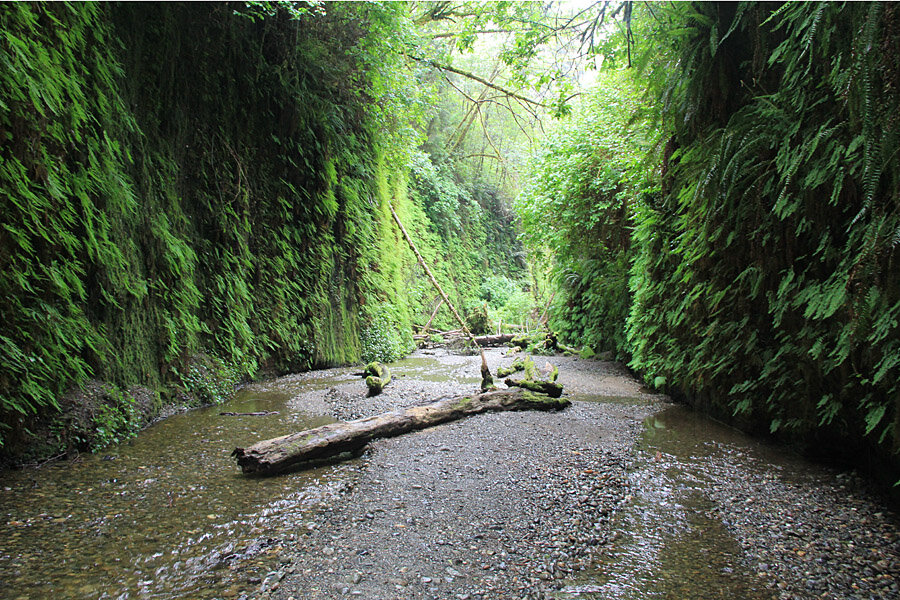Young foresters help improve forests' food access, economic influence
Loading...
Forests aren’t always filled with trees. Patches of trees outside of forests, and even in urban areas, can be important ecosystems, providing many of the same resources and opportunities as large forested areas, especially in terms of food sources. Young foresters, especially in Asia and sub-Saharan Africa, are taking the lead in studying how these patches can improve food and nutrition in communities.
A 2013 study entitled: Assessment of Trees Outside Forest (TOF) in Selected Makiling Subwatersheds, conducted by young professionals from the University of the Philippines Los Baños, reflects on the potential role of patches of trees in agricultural and urban areas for food security. Trees Outside Forest were identified using the U.N. Food and Agriculture Organization’s (FAO) definition – trees, bamboos, palms, shrubs and bushes found in Other Lands. The study assessed the economic benefits from trees through interviews with household in the towns of Calamba, Los Baños, and Bay in Laguna, Philippines. The study concluded that trees like mango and avocado, coconut, and banana that are planted in their backyards are mostly used for direct consumption.
Young foresters are also helping establish and manage urban landscapes for food, such as the food forest in Seattle, Washington. This project aims to improve the food access in the community by having edible fruit trees for anyone to harvest and eat. Other households and communities can also have their own edible landscapes or trees with the help of foresters, especially youth.
Youth in forestry can also have innovative ideas around improving food access. At the Forests Asia Summit 2014 youth session, the discussions on promoting forest foods and access gathered youth from forestry and related sectors, and they were able to develop key recommendations and activities, including more agroforestry projects and edible landscapes, led by youth and supported by policy-makers. Young foresters can share their innovative ideas and skills in designing agroforestry systems that will provide food for the communities.
In urban areas, the establishment of more backyard and urban botanic gardens is another recommendation where youth can take part. Through social media, youth can share the advocacy of having backyard and bottle gardens in their own communities. Adeindah Muktamarianti, a participant in the youth session, proposed that “youth must be proactive and innovative.”
In addition, it is important for youth to organize so that their voices are heard by policy-makers and decision-makers. By joining youth organizations, such as the Young Professionals’ Platform for Agricultural Development (YPARD) hosted by the Global Forum on Agricultural Research (GFAR), youth led initiatives can get more attention and research. Linking youth activities, ideas, and collaborations among youth will encourage youth to get more involved.





